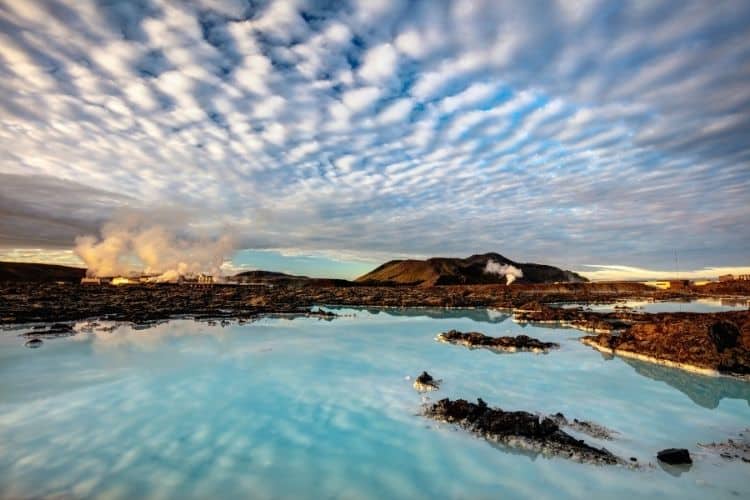Environmental volunteerism as a means of exploring Iceland’s natural landscape.
I went to St. Brigid’s School in North Bergen, New Jersey, when I was eight years old. My third-grade geography class learned about the aurora borealis thanks to Sister Adelaide. The thought of a green glow filling the night sky was fascinating to me.
In my senior yearbook photo, I’m wearing a glass pendant designed to reflect the full spectrum of light. I wore it and dreamed of seeing the Northern Lights, or aurora borealis, with my own eyes.
I finally visited Iceland a long time afterwards. However, the Northern Lights weren’t the main reason I traveled to Iceland. It also involved signing up for a work camp.
VOLUNTEERING IN ICELAND
Community group SORPA, which includes SEEDS, is responsible for recycling and trash pickup in the greater Reykjavk area. Because of public interest, we have developed systems for properly handling organic kitchen trash, mixed household waste, paper, cardboard, and plastic packaging.
To this end, SEEDS facilitates workcamps where volunteers from all over the world can come together to tackle a community-identified need. Nature is the primary focus of these initiatives, which include things like reforestation and the construction of walking pathways.
My project, Environmentally Aware and Trash Hunting, is an example of an environmental focus. There were two main cleanup efforts at our work camp.
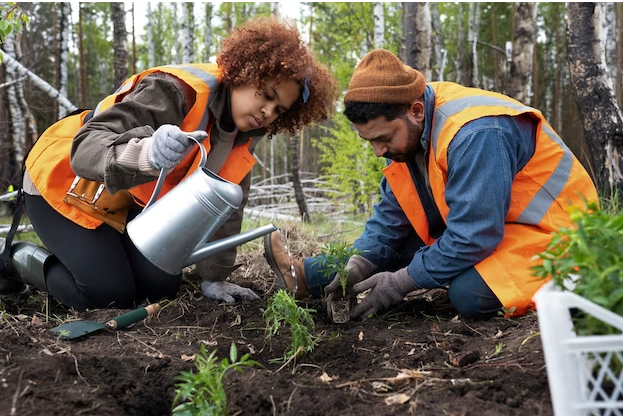
REMINDERS OF HOW WE DAMAGE THE ENVIRONMENT
The number of pieces of plastic we found on and under the melting snow in the streets of Reykjavik astounded us as volunteers.The burlap sack containing our treasures was so heavy that it required both of us to move it.
Small pieces of plastic and other debris may add up quickly, as we were reminded during the cleanup. In addition to being unsightly, environmental damage is also a major concern.It can take anywhere from eighteen months to ten years for a cigarette butt to degrade, and we found a lot of them.
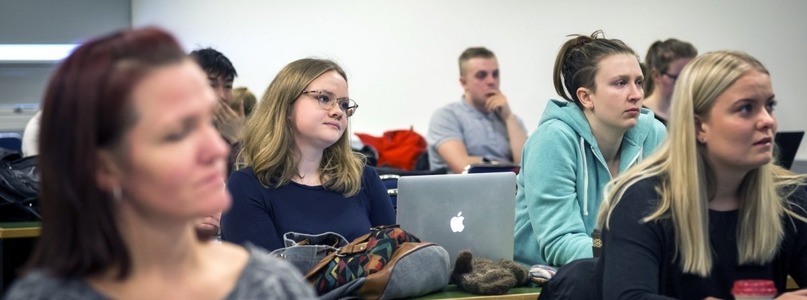
A CHALLENGING LANGUAGE AND CLIMATE
Our second garbage collection was followed by a trip to an Icelandic language class for new arrivals. The language is not simple to pick up. There were several methods used to impart knowledge. The lesson included a video of a family eating together, a song about the months and days of the week, and questions from the teacher to the class.
The student body was incredibly international. My curiosity was piqued as I observed two Muslim women, presumably Iraqi immigrants, in Iceland. What was even more fascinating was seeing how they handled the dramatic shift in both environment and way of life.
Even though it was a warm day, most kids refused to take off their winter coats and caps. Meanwhile, March has not seen the end of its share of snow showers.
We were given a free, one-hour language lesson in which we were taught a few key phrases, all of which I have since forgotten.Where do you call home?A: (Hvar bru?) Ég tala ekki slensku (I do not speak Icelandic).Thankfully, English was the language spoken by everyone in the group.
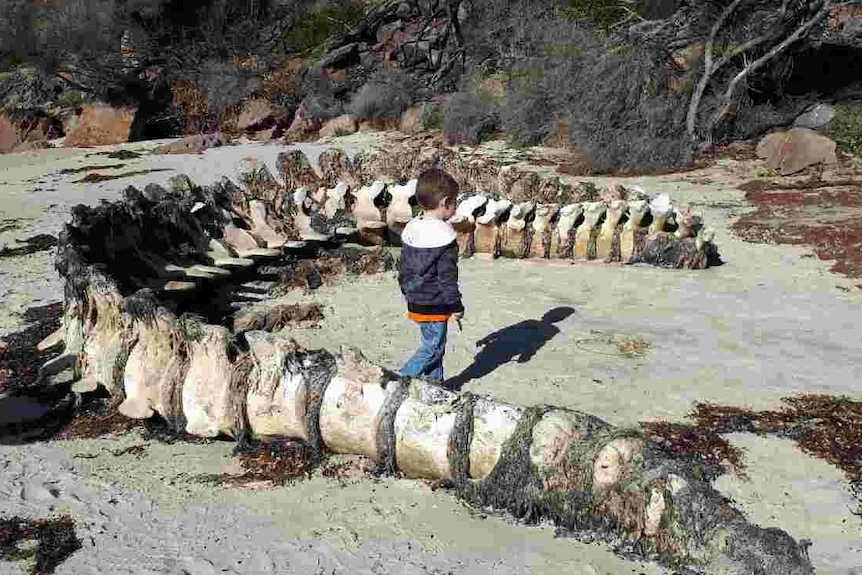
EDUCATIONAL ACTIVITIES
After supper each day, SEEDS hosted workshops where we learned about many aspects of photography, such as composition, lighting, and editing. The volunteer teachers all handed us homework that we would evaluate. Each person shared 10 of her favorite images with the group after our farewell supper. So many of them were top-notch in quality.
We also saw the Whales of Iceland exhibition, which had detailed models of whales and interesting background information. The several whale species were filmed on film as whale melodies played in the background. We sprawled out on the floor with big cushions and watched. The exhibition serves an educational purpose by highlighting the threat that humans pose to whale populations.
We watched a documentary about coral reefs in Australia and the Florida Keys that are dying due to ocean temperature increases of two degrees Fahrenheit. The bleaching of the reefs in the Keys is a result of the rise in water temperature, which is contributing to global warming.
VISITING A GEOTHERMAL PLANT ON THE GOLDEN CIRCLE
A trip to a geothermal facility might not hold much interest for someone who isn’t an engineer or scientist. But here was Iceland, where even the oil used for transportation and fishing—one of the country’s key industries—must be imported.
At the Hellisheii Power Plant, we discovered that Iceland started using geothermal, a renewable energy source, in the 1940s and continued doing so until the mid-1970s. Hydropower plants account for 73% of Iceland’s electrical generation, while geothermal energy accounts for roughly 27%.
Hot water is piped throughout the country by using steam generated from drills placed near any of Iceland’s over 600 hot springs. The steam is at a comfortable 180C (356F) in temperature.
Hydropower is the primary means of generating electricity, and renewable resources provide for over 70% of the country’s total energy needs. A desirable and natural Icelandic metric.
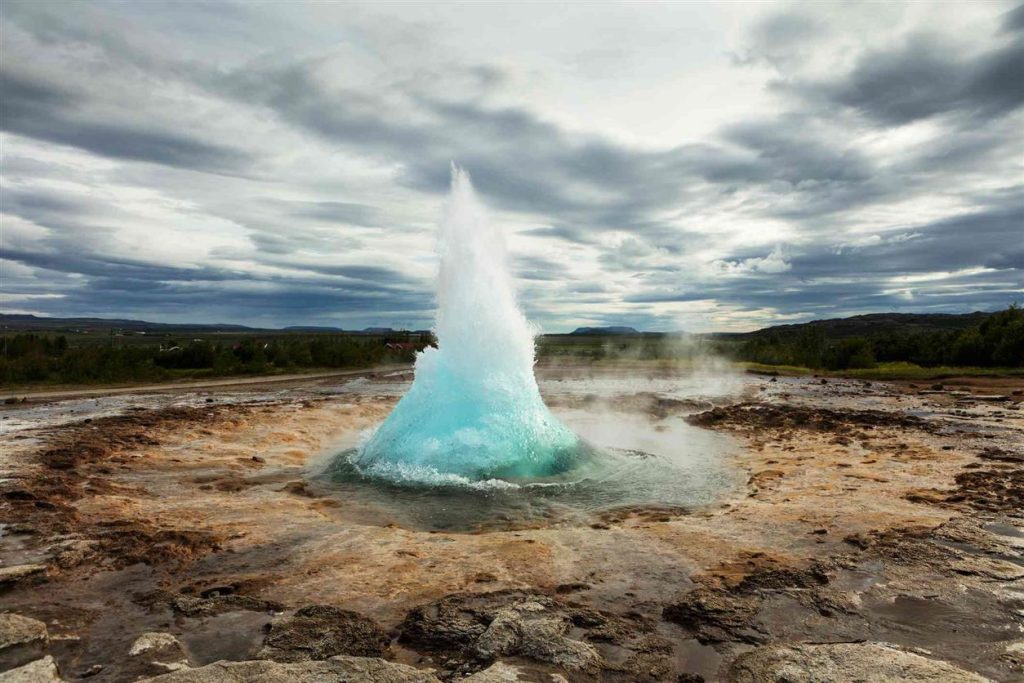
THE BEAUTY OF NATURAL ICELAND
Our young Portuguese volunteer driver, guide, and plant tour guide, Luis, then took us to the Geysir Geothermal Area. We got to see a few of the geysers that supply the country’s supply of hot water for domestic use.
The boiling water just below the surface of the ground produced fumaroles to erupt with plumes of steam. Not to mention the geyser, which regularly erupts into a pillar of steam and boiling water.(Geysir is an Icelandic word that has gained popularity around the world.)
We were able to get a feel for hydropower at the nearby Gullfoss Waterfall. It was a breathtaking sight against the white backdrop against the blue sky. On our stroll around the Burrell Crater rim, we stopped to take in the view of the frozen lake below. We were surrounded by howling winds.
We came upon a small herd of Icelandic horses on the road back to Reykjavik. These little guys are tough as nails, sporting a double coat for the long, cold winters they endure.
Horses, which the Vikings brought to Iceland in the eighth century, are protected by legislation to prevent the spread of illness. No Icelandic horse that has been exported may ever be brought back into the country. People who visit are welcomed with open arms.
AN ICELANDIC ADVENTURE
Snaefellsnes National Park, on a peninsula in west Iceland, was the destination of our second tour. As we cautiously walked along the cliffs and watched the high waves crash into the volcanic rock, we were buffeted by the winds of March.
As we watched, the incredible sight of a whale’s back surfaced. Earlier, we had walked to a beach where seals were lounging on lava rocks in the water for some much-needed vitamin D.The spine of a whale was found on the sand.
After seeing all that, we trekked through the snow to a cave in the otherwise blue and white terrain, where we found a river flowing within. We descended on foot to a black sand beach, where black volcanic monoliths jutted out of the white snow on each side.
Others stood in the water, exposed to the elements and being beaten by the waves and wind. Interspersed with snow showers, the sun occasionally made an appearance.
After that, we went to a church from the 18th century that was in the middle of nowhere. There were no dwellings in sight, just a church and a little cemetery. With no other cars in sight and the snow still falling, we were driven through a landscape where blue was the prevailing color, a chilly blue.
Kirkjufell Mountain’s recognizable beauty was readily apparent as our van drew near it. Some snow still covered its peak, giving it the appearance of a cap, while two waterfalls cascaded down its sides.
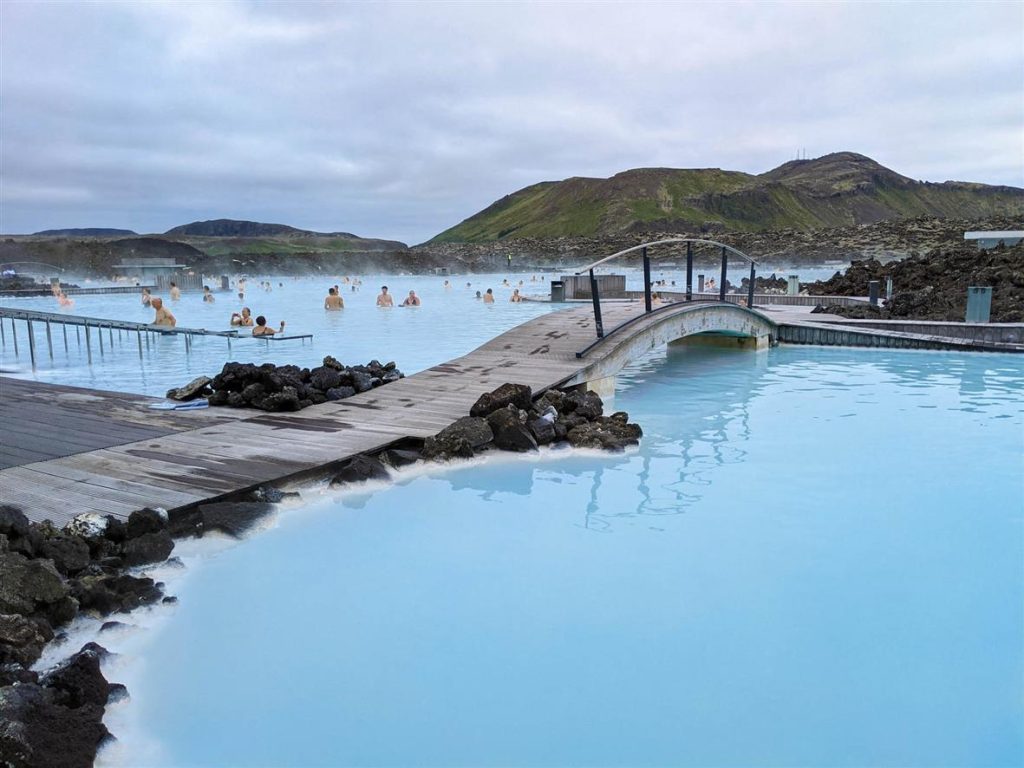
NATURAL ICELAND BEYOND TOURISM
The Blue Lagoon and Skogafoss Waterfall, two of Iceland’s most well-known natural attractions, are both within easy travel distance. You can also wander behind the waterfall at Seljalandsfoss. You can spend the night in the bubble hotel anticipating the arrival of the aurora borealis. This trip to Iceland, though, was unlike any other.
Locals and the government are worried that too many tourists are damaging Iceland’s ecosystem. The government temporarily shut down access to the valley that contains the Skogafoss and Seljalandsfoss Waterfalls after Justin Bieber filmed a music video there.
Skateboarding on top of a downed plane and rolling down a mossy hill are just two of Bieber’s stunts that have been parodied. Moss can take up to 70 years to mature, therefore their destruction was endangering not only themselves but the environment as well.
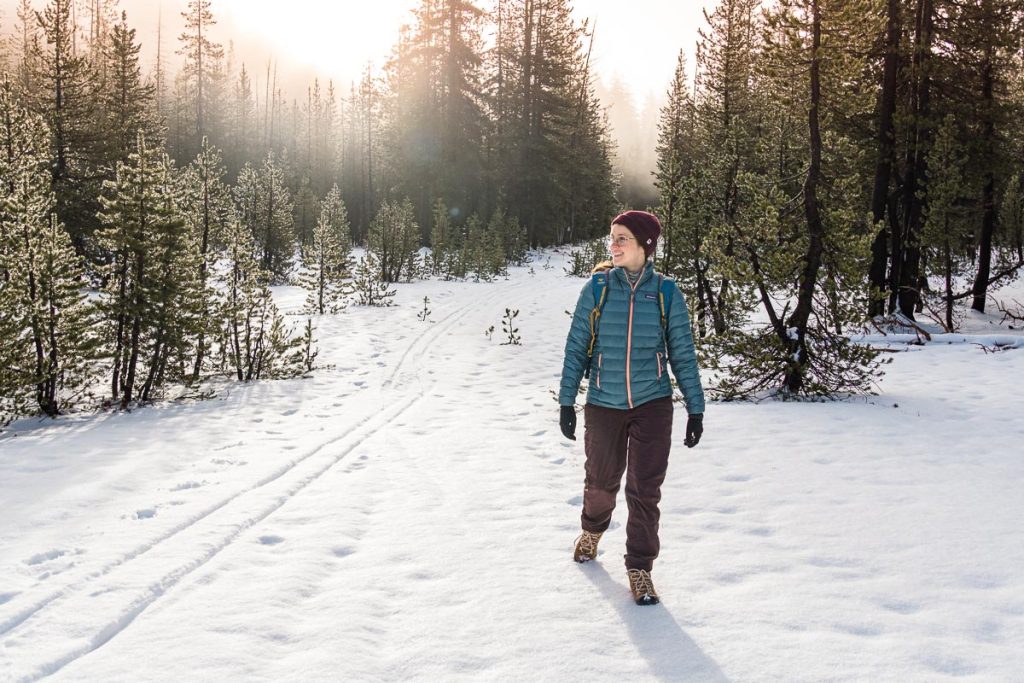
THERMAL POOLS IN THE SNOW
On our final full day together, we hung out in the common area and had a really long chat.The neighboring outdoor thermal baths sounded like a relaxing way to spend my last afternoon in Reykjavik, so I set out to find them.
Despite the cold and snow, I made my way to one of the pools where people lounged in water heated by geothermal energy. Then we went for a swim in the enormous lap pool, where we enjoyed the warm water that had been heated by the sun. After a few laps, I went back to the warm sitting pool.
The temperature outside was a cold 33 degrees and it was snowing. As I sat in the naturally heated pools, I gazed up at the snow and couldn’t believe what I was experiencing. As I strolled home, feeling renewed and at peace, a little snowfall began.

